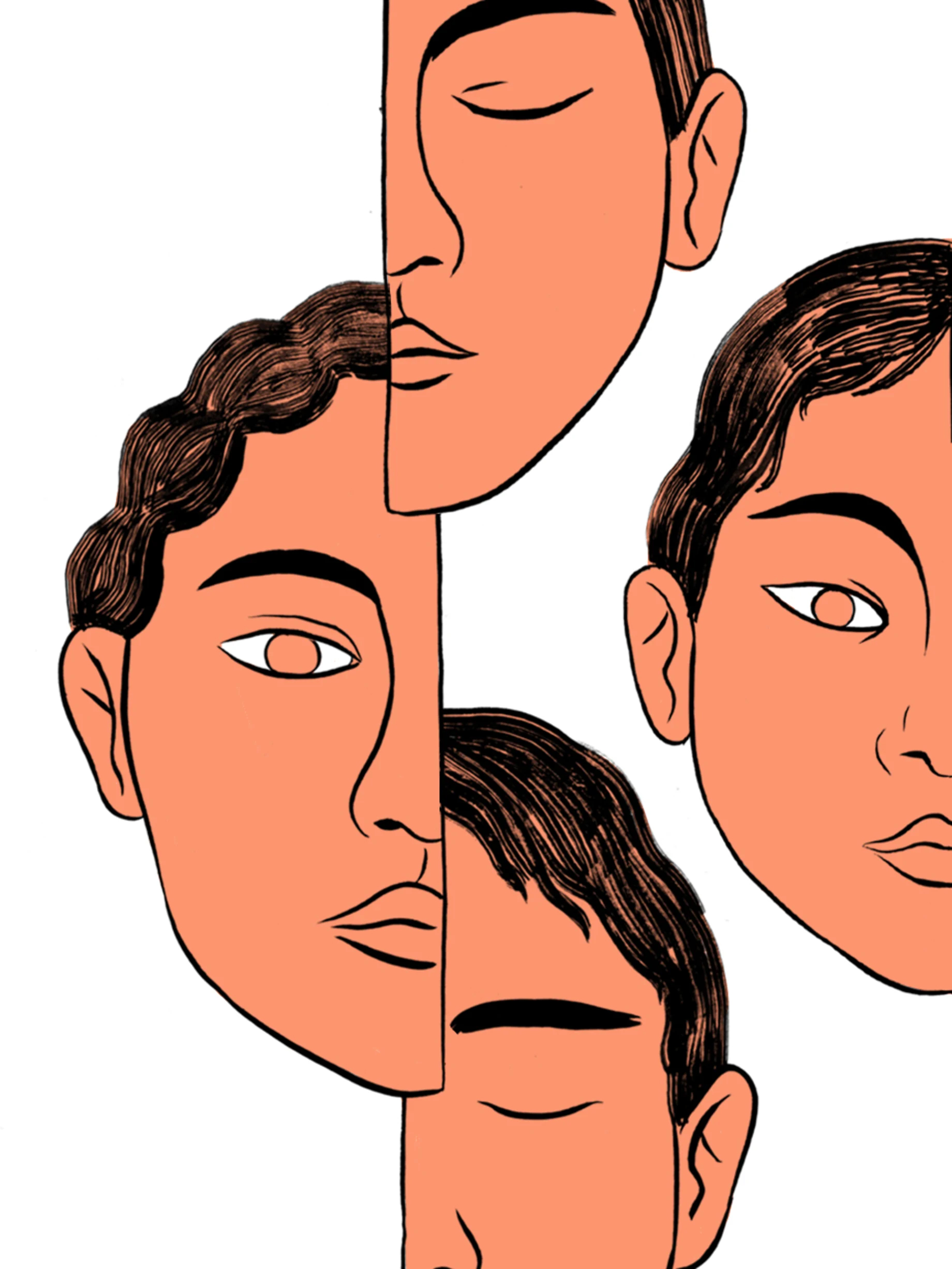An exploration of the suprising correlations between our outer surface and inner emotions.
The face displays as much about how we feel through its vast range of expressions as we do through words spoken. But modern science increasingly reveals that we express our emotions not just on our face but also across our body’s largest organ: our skin. One in psychodermatology – a field exploring the intersection of mind and skin – concluded that ignoring the underlying emotional factors of skin conditions would render “at least 40 percent” of dermatology cases unsolvable.
Our minds affect our skin in innumerable, incredible ways. For example, in , students listened to two music samples: one aroused negative emotions, and the other evoked calm and positive emotions. Researchers found that the positive music led to significant skin temperature increases, whereas the negative music amounted to the opposite. Another , part of a large, century-old body of research on skin conductance response, found that arousing emotions like fear and happiness increase the skin’s ability to conduct electricity.
Emotions affect the appearance of the skin, too. When pricked subjects’ skin with a known allergen and then hypnotically induced emotions of sadness, anger and happiness, the subjects experiencing sadness became more reactive to the allergen; that is, sadness made their skin more sensitive. suggests that using the phrase “breaking out in hives” to express severe discomfort is founded in evidence: tension and fatigue are primary causes of hives in 20 per cent of cases, and contribute to it in 68 percent of cases. “Many individuals communicate emotional distress via their skin,” one book, Psychocutaneous Medicine, .
But how, precisely, do our emotions get under our skin? The oxygen we inhale is carried to our brains by our blood. There, our brain cells use the oxygen to produce energy. Even 10 minutes without oxygen would kill these cells. Our brain cells need energy not just to stay alive, but also to communicate with each other. Our breathing fuels intricate networks of cells that help us read, think, speak, understand and, finally, feel. Our emotions, in turn, influence our skin.
When we feel stressed, for instance, our brain cells release a stress hormone called cortisol, which stimulates the skin’s oil production. Constant stress often means constant oil production, which can cause breakouts. Indeed, of patients and their relatives believe that stress and anxiety exacerbate their acne. And found that the number of participants’ acne lesions increased the day after a stressful interview, while found that high stress during student exams was associated with worse acne. Moreover, cortisol is directly implicated in the body’s immune response, which can affect inflammatory skin conditions from acne to atopic dermatitis to rosacea. Conversely, feeling relaxed reduces our skin’s hypersensitivity by calming the parasympathetic nervous system (our fight or flight response), thus decreasing the skin’s reactivity to environmental stressors and allergens.
These are just a few of the processes by which our emotions affect our skin. The correlation makes sense, of course, because the same brain that tells us how to feel also tells us how much oil to produce, how much hair to grow, how much collagen to generate, and how often to replace skin cells. Our brain’s cell networks are synced up in such a way that the expression “mind-body connection” becomes nonsensical. The mind is the body.
This correlation runs the reverse way, too: our skin influences our emotions. Studies show that the condition of your skin affects how you feel. Patients with conditions that seem out of their control, like acne, eczema or hyper-pigmentation, may start to see life’s outcomes at dependent on external circumstances, rather than their own power.
And it’s not just that sadness makes people’s skin sensitive; research shows that the more sensitive their skin is, the they become. As sensitivity increases, quality of life decreases. This effect is particularly pronounced in women, but it applies across all genders, races, and ages. The same is true of psoriasis and photo damage, which tangibly affect people’s quality of life. In one , subjects with moderately photo-damaged skin entered a trial to measure the efficacy of a Retina A cream. After 24 weeks of using the cream, their anxiety decreased and they experienced less uneasiness during social interactions compared to participants who used a placebo.
Our skin influences “our individual and personal social identity” and becomes a “symbol of the inner self,” researchers . It silently says something about how we feel and who we are – our anger, exhaustion or elation. Our emotions play out in our skin, and it reflects them back like a living mirror.
Caroline Beaton is a freelance journalist covering the intersection of health, psychology and society.
Text: Caroline Beaton
Illustrations by: Rachel Levit







